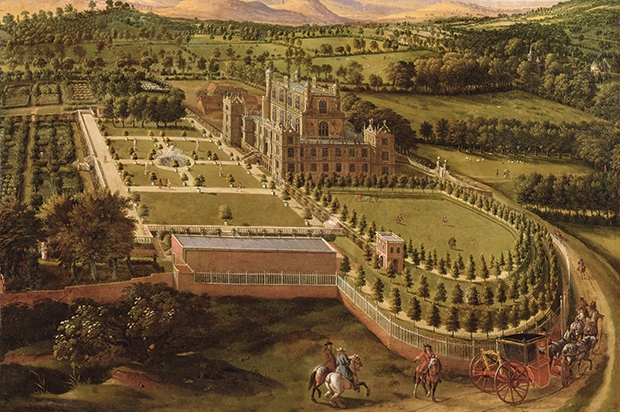There’s a curious thing about the bowling green in my Suffolk village. The footpath running alongside it is on a slope, meaning that as you descend, the wall gradually rises and hides the players from view. What’s strange is that the older I get, the more I find myself slowing down to see what happens to the wood that’s just been delivered. Not knowing whether it reached the jack, or managed to nudge the opponent’s wood to one side, simply isn’t an option. It would be like going to see a whodunit and not staying to the end.
This book gave me the same feeling. Crown green bowls is one of those things you don’t want any personal contact with; you’re just glad it’s still there. A bit like penicillin, or Ken Dodd. And emphatically not like morris dancing. That’s for weirdos, whereas bowls is for normal people, the normal people that you or I could become if we happened to grow old in a slightly different way.
Reading about the game, it seems, is much like watching it: relaxing, perhaps even a touch hypnotic, a cosy way of discovering your inner nerd. Learning that woods can be made from lignum vitae, I enjoyed the familiar warm sensation those words always produce in their cricketing context (it’s the wood used to make heavy bails that stay on in windy weather). Another cricket connection is W.G. Grace — after hanging up his bat he became a big thing (in every sense) at the London County Bowling Club.
Only a book like this could make turf interesting. For the best surface you have to lay the sea-washed variety (Wembley Stadium did likewise, apparently). At Lord Hereford’s Park in Ipswich, according to a 1714 report, the green was ‘rolled by Asses in Boots, that their Feet may make no Impression’. Attention to detail, you see: bowls obviously brings out the best in a man, and indeed in an ass. The Wellcroft Club in Glasgow boasts a horse chestnut tree specially grown with three separate trunks so it spells ‘W’. Players at Westhoughton in Lancashire keep foil-wrapped jacket potatoes in their pockets during winter games for use as hand-warmers. What satisfaction for the members at Thirsk Athletic, knowing theirs is the only club in Britain located within a racecourse.
Even the language of the game draws you in. ‘Roving cot’, for instance, the version where you send the jack to any part of the green, rather than sticking to your narrow lane or ‘rink’. Crown (as opposed to flat) greens rise up in the middle: directing the jack there is known as ‘playing up to the knob’. If a club’s members compete against each other at random, it is a ‘promiscuous game’. This is a world with rules like ‘white above the waist at all times’.
To get the most out of this book you’ll probably need to be a confirmed member of the bowls community. The rest of us, meanwhile, can enjoy it on a different level. One of the many beautiful illustrations is a Scottish poster from 1864, giving details of that year’s tournament. First prize was a ‘silver tea service of the value of £50’. Third prize was a ‘plated tea service of the value of £10’. Second prize, on the other hand, ‘the value of which cannot be estimated in pounds, shillings and pence, will be given by the ladies of Kirkcudbright’.






Comments